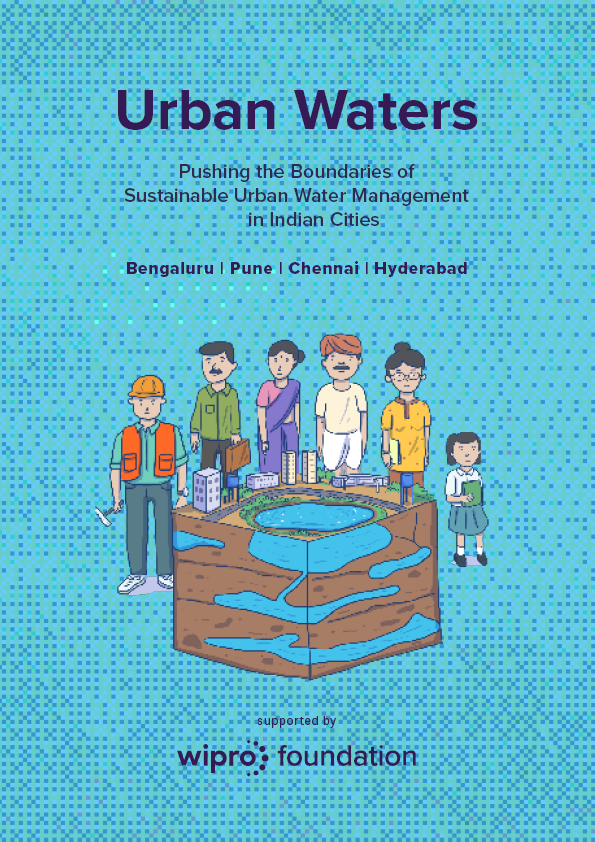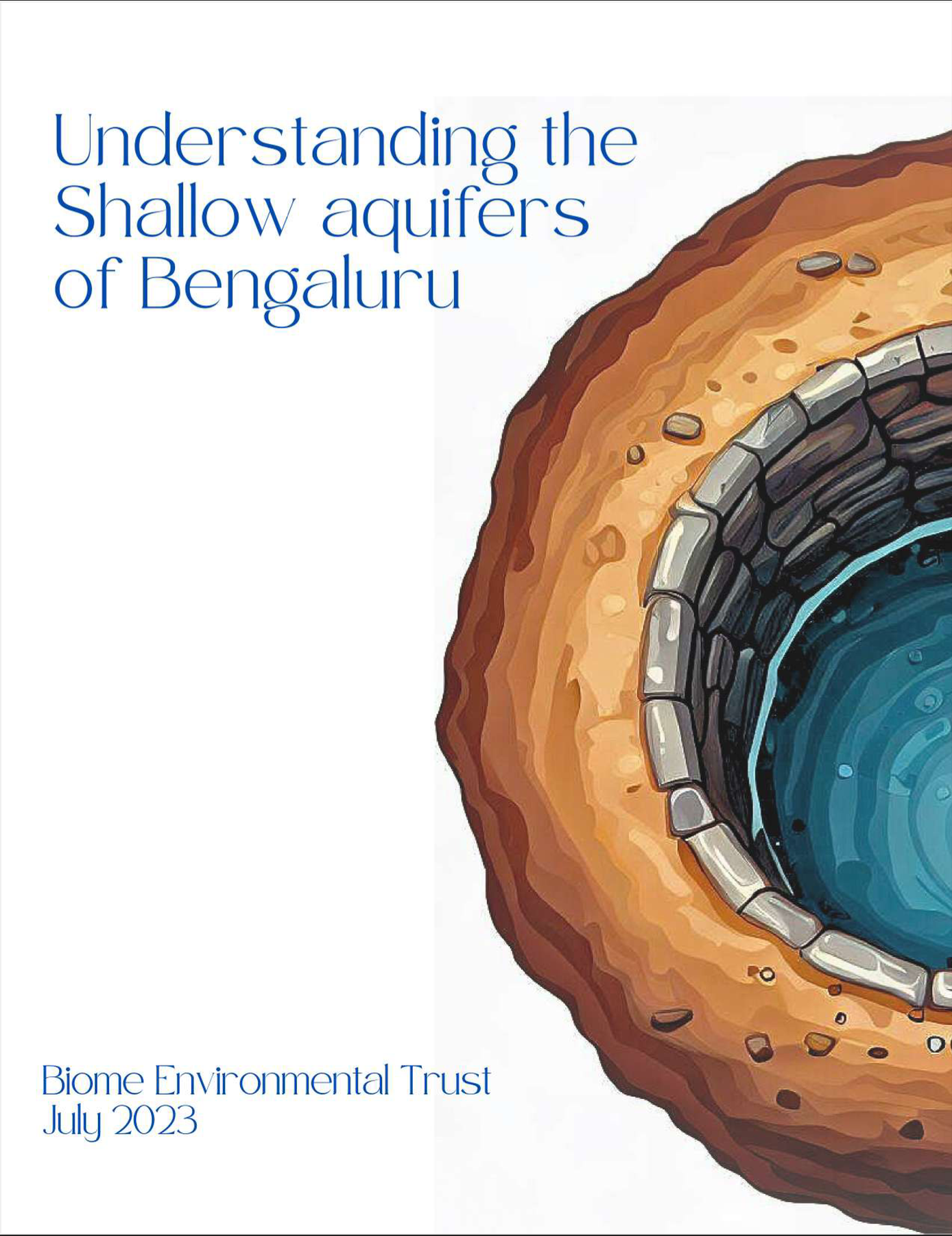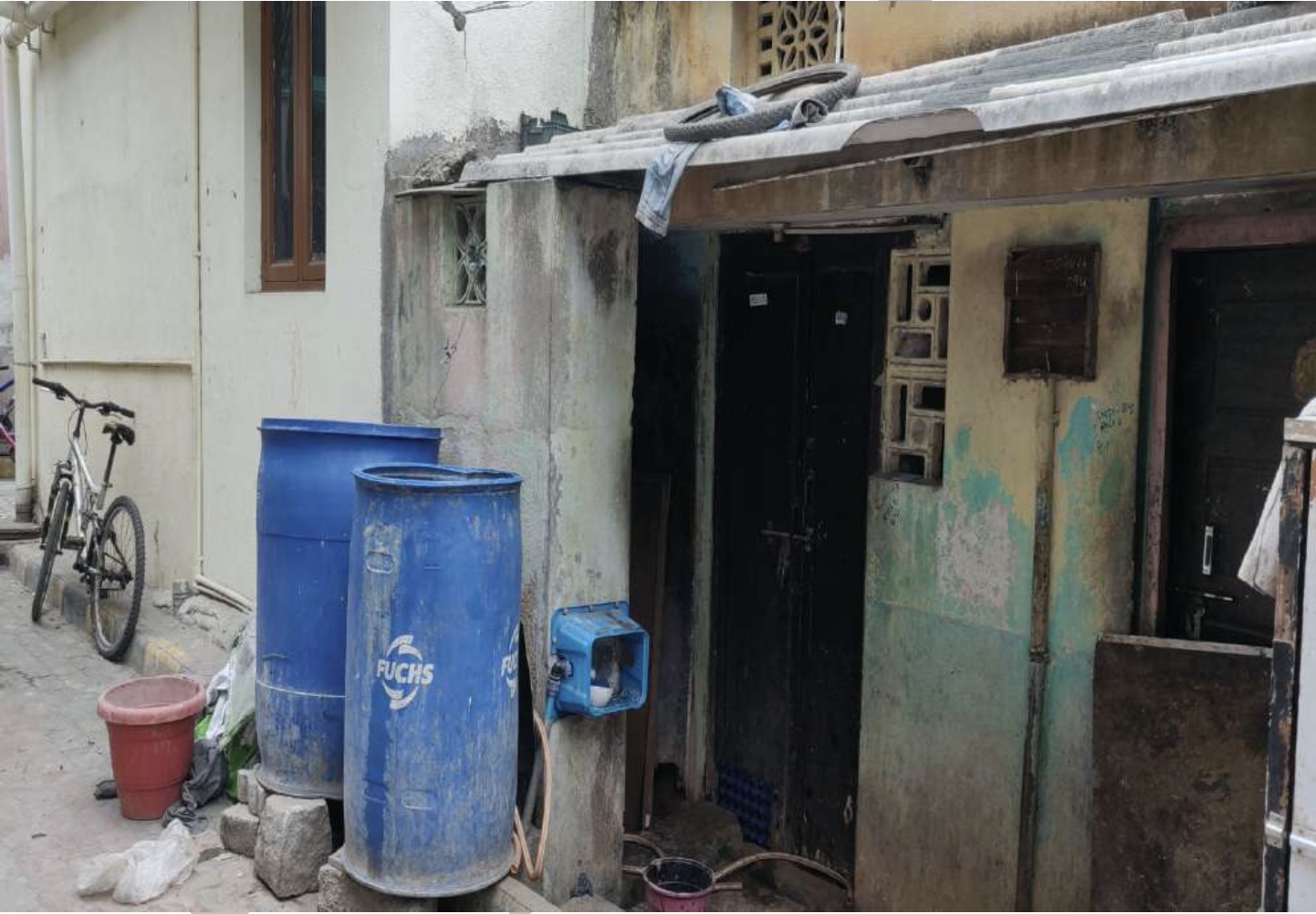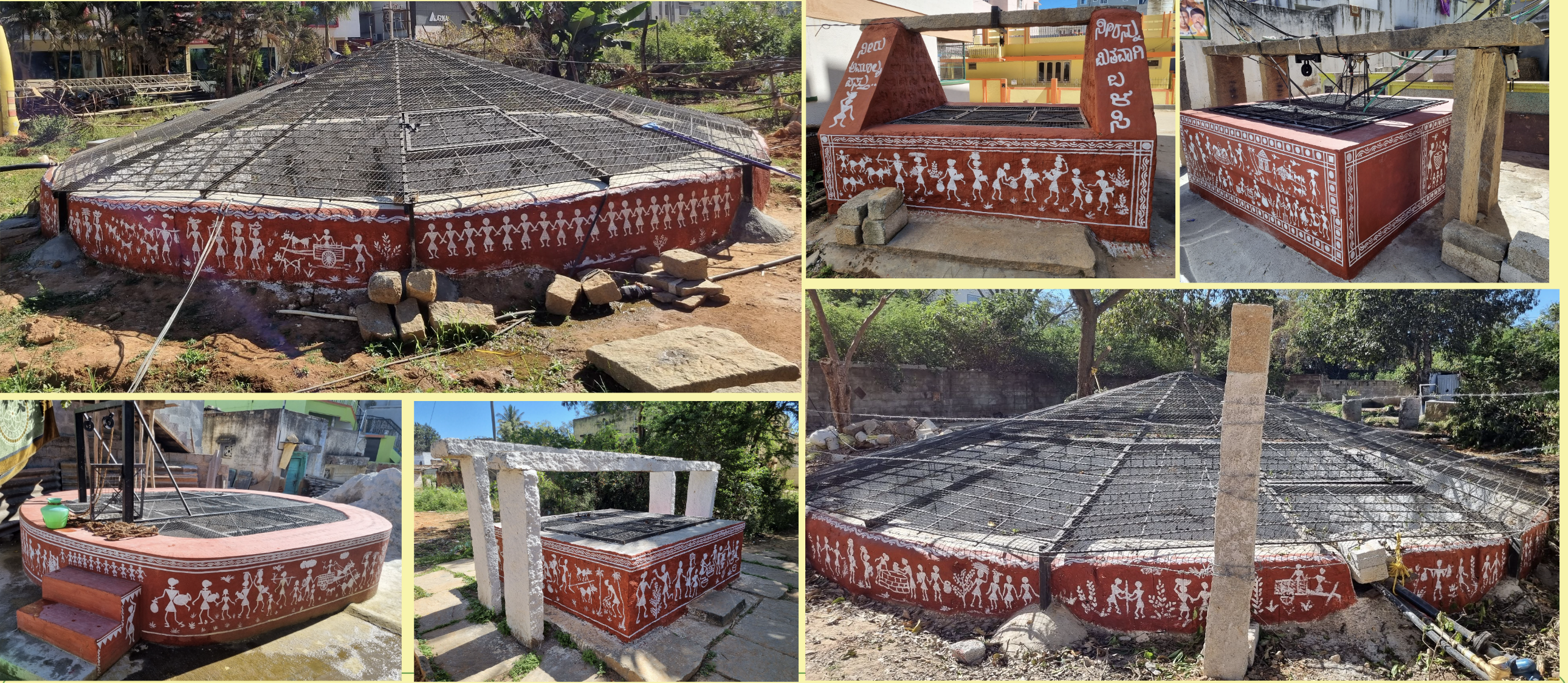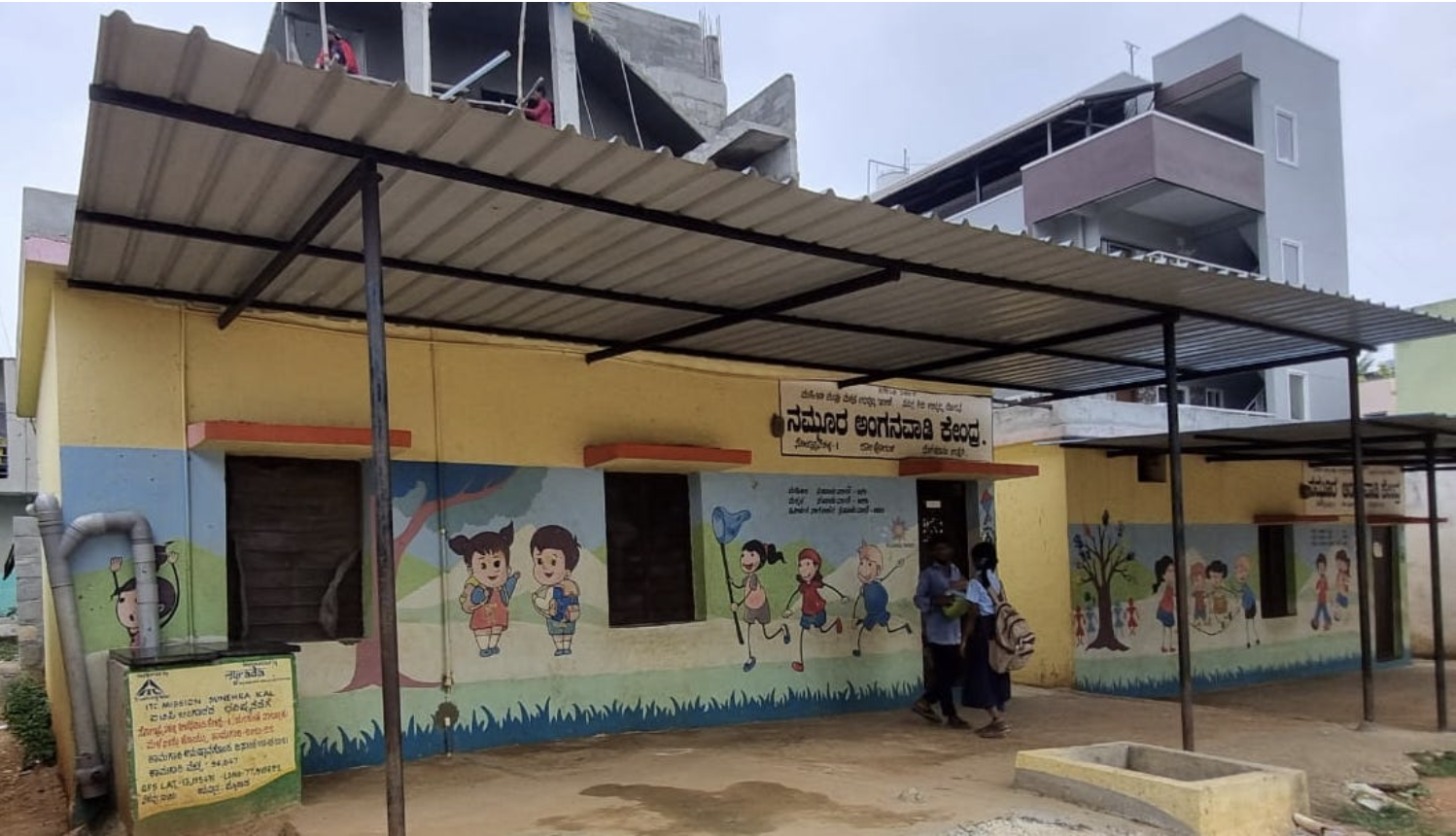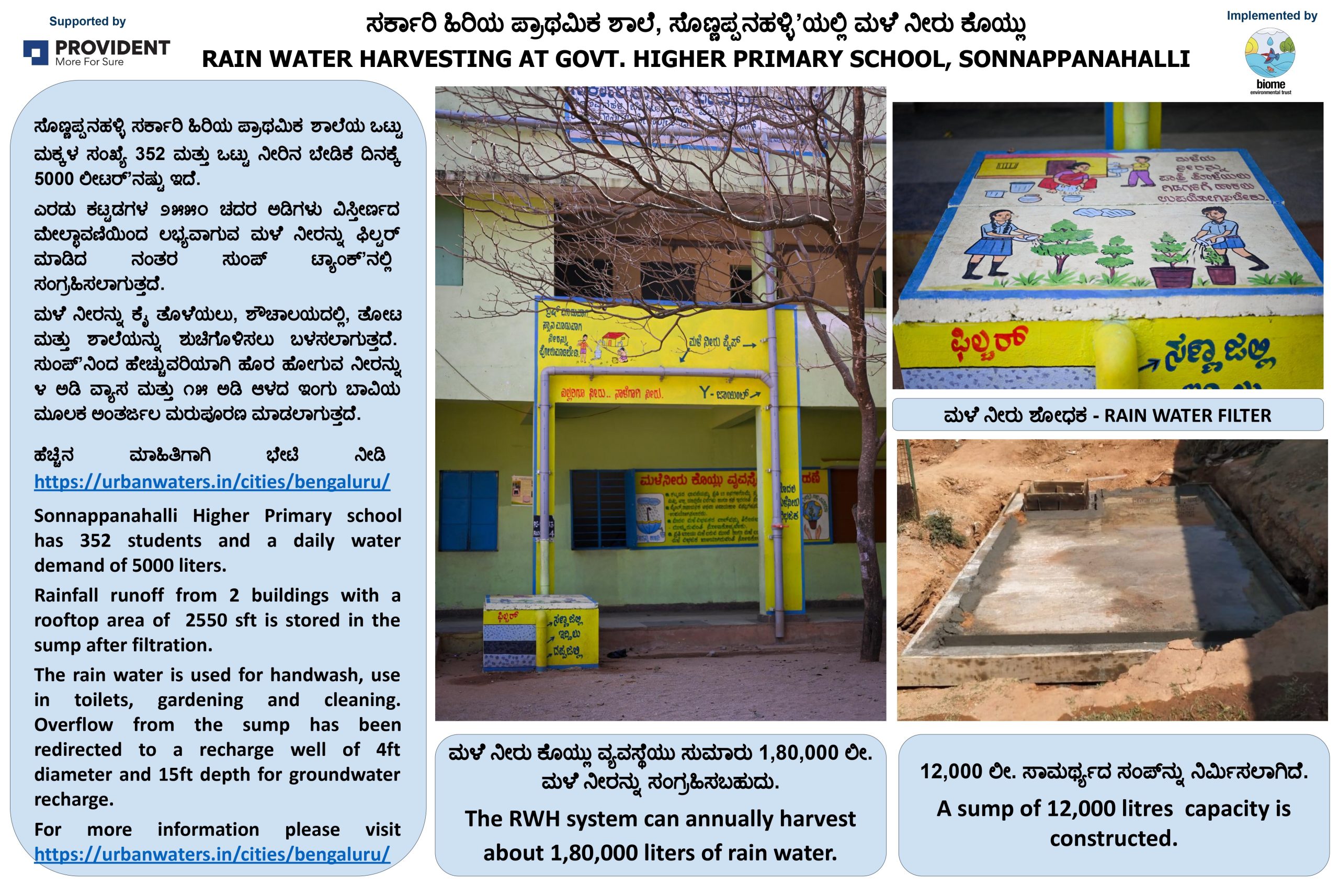These apartments used water metering to reduce demand
With sub-metering, a few Bengaluru apartments have reduced their water demand and better managed their water scarcity
If you live in an apartment that does not receive BWSSB water supply, you are probably familiar with the struggle to get potable water regularly. Your apartment may buy large amounts of tanker water, and dig new borewells hundreds of feet deep which still may not yield any water. But what if your apartment was able to reduce its water demand? What if residents themselves cut down on their water use? This would lead to fewer water-scarce situations, much less spending on tanker water, and also smaller amounts of wastewater being released for treatment.
This seems like an ideal scenario, but a few Bengaluru apartments have achieved this through sub-metering of individual households. Krishna Lilac, a gated community off Sarjapur Road in Bellandur, has reduced its water consumption by 15% after sub-metering. The apartment’s 44 households rely entirely on tanker water and a borewell. They installed a meter at the unloading point of water tankers, to verify total water supply. Water use in common areas were metered and the cost equally shared by all households. Meters for individual households were installed at the terrace, and each household was billed based on its meter reading.

Since the water bill for each household was calculated based on its consumption, residents found themselves reducing their usage. From 195 lpcd (litres per capita per day), average consumption came down to 165 lpcd. The community came close to following the recommended water use in mega cities, which is 150 lpcd.
Another apartment ‘Nester Raga’ was able to nearly halve its tanker water consumption after sub-metering. These examples show that many apartments in Bengaluru are using much more water than they actually need, and that it can be reduced using sub-metering. With sub-metering, each household becomes accountable for their water use. It is also a fair system, wherein people pay in proportion to their consumption; those who use less water do not have to pay for other’s excess usage. Besides, penalties can be put on households that continue to waste water.
While more communities are retrofitting meters, their motivations, the challenges they face and technologies they use, vary. For example, Kristal Campus II, an apartment community in Bellandur, introduced sub-metering to recover the cost of water supply, and not specifically to reduce water demand. While introducing metering, the community replaced their rusted GI pipes with CPVC pipes immune to rusting.
Ease of retrofitting depends also on the existing plumbing network – for example, fewer water entry points to individual households means less effort for installing meters. While many apartments use manual meters, some like Nester Raga use automated meter reading systems, and apps for billing and analysis.
Scroll through the links below to find detailed case studies of communities that have implemented sub-metering and see how it has impacted their water demand.


